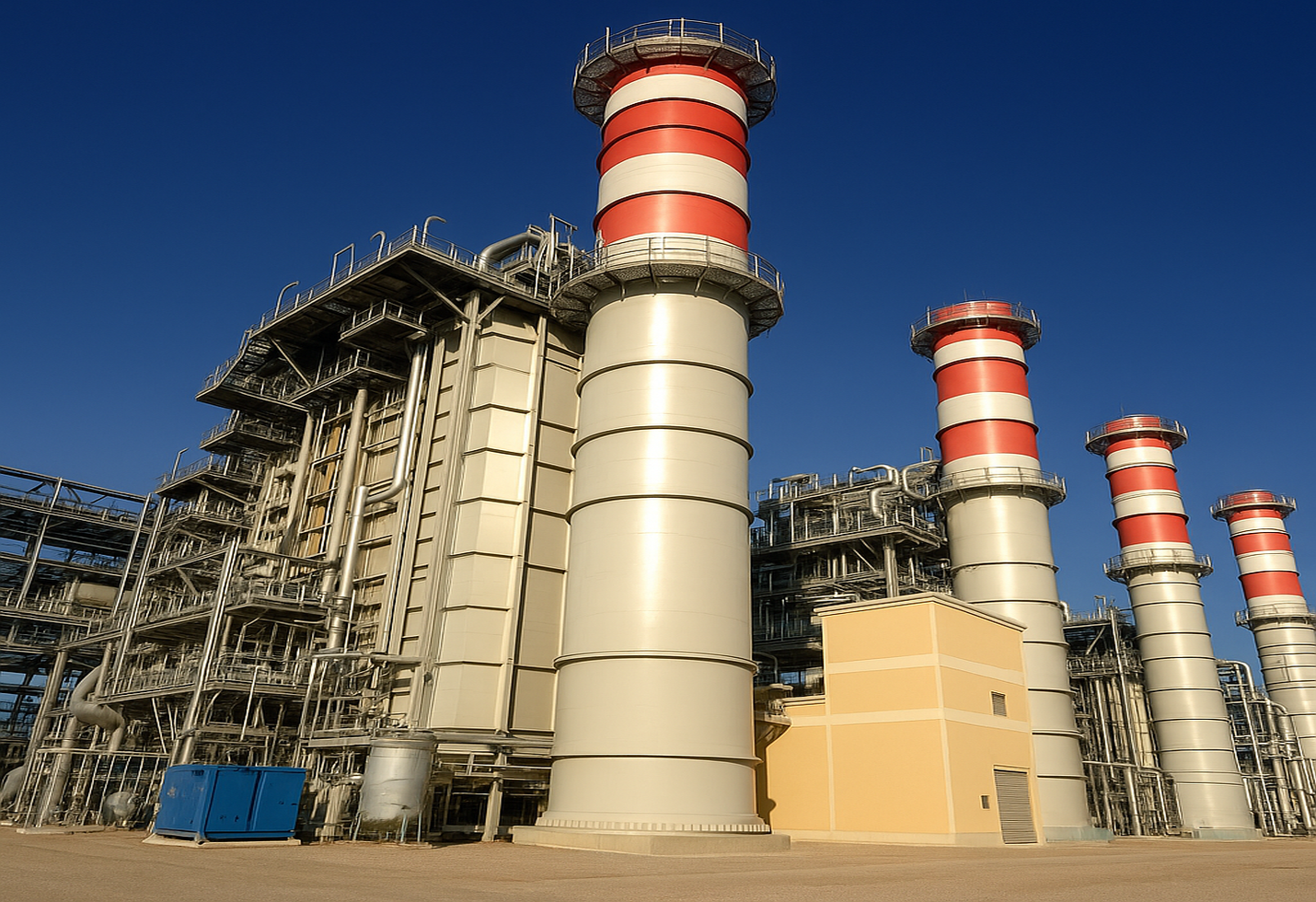Oil and Natural Gas Prices Steady Amid Supply Concerns and Technical Breakouts
WTI crude falls below $63 as Saudi Arabia plans to increase production; natural gas approaches key moving averages, signaling a potential breakout.
WTI Crude Faces Pressure as Oversupply Concerns Mount
WTI crude oil futures slipped below the $63 mark on Thursday, weighed down by growing fears of excess supply and weakening global demand. Saudi Arabia revealed plans to boost OPEC+ output by 411,000 barrels daily beginning in August, with potential additional hikes anticipated in September. This announcement coincides with a sharp reduction in July crude prices for Asia, pushing them near four-year lows.
Although U.S. crude inventories showed a drawdown, rising gasoline and distillate stockpiles tempered bullish sentiment in the oil market. Ongoing geopolitical uncertainties and challenges in global trade negotiations are adding to market apprehension, dampening hopes for a swift recovery in demand across oil and natural gas sectors.
Natural Gas Prices Hover Near Key Moving Averages
Natural gas futures are currently holding firm around $3.697 after rebounding from a rising trendline that has been in place since early June. The price is caught in a technical tug-of-war, fluctuating between the 50-period EMA positioned at $3.669 and the 200-period EMA at $3.690, where the latter serves as the closest barrier.
This narrow trading range between the two EMAs suggests a potential breakout in the near term. The market exhibits a degree of caution, yet purchasers have consistently upheld the $3.669 support level, creating a sequence of progressively higher troughs. A sustained close above the 200 EMA could open the path toward testing resistance levels at $3.763 and $3.836. Conversely, a drop below $3.669 might expose the next support around $3.609.
Technical Signals Point to Strength for WTI Crude
On the two-hour chart, WTI crude is trading near $62.98, having bounced off an upward trendline and reclaimed support just above a pivotal level at $62.89. After a brief period of sideways movement, bullish momentum returned as evidenced by a strong engulfing candle forming above the 50-period EMA at $62.62.
The 200-period EMA, climbing at $61.88, persistently supports the prevailing long-term upward momentum. Although the nearest hurdle stands at $63.86, the formation of ascending lows combined with steady backing around $62.30 indicates that buyers maintain control. If WTI climbs beyond the $63.86 mark, the following price objective is anticipated to be near $64.44. On the downside, a decisive close below $62.30 could reopen the door to test support at $61.82.
Brent Crude Extends Its Rally, Reinforced by Strong Chart-Based Support
Brent crude prices are stable around $65.11, buoyed by a rising trendline intact since late May. The commodity reclaimed its $64.63 support level, reinforced by a robust green candle forming just above the 200-period EMA at $64.51 and the 50 EMA at $64.78. Both moving averages now act as dynamic zones of support.
This price region has been tested repeatedly, with buyers consistently stepping in to defend it. The underlying structure remains bullish as long as the upward trendline holds, supported by a series of progressively higher lows. If momentum continues upward, Brent could challenge resistance levels at $65.85 and then $66.52. Should the price fall below $64.63, the next support to watch is at $64.04.
Final Thoughts
Oil and natural gas markets remain in a delicate balance as supply factors and technical indicators play pivotal roles in price direction. WTI crude has faced downward pressure from Saudi Arabia’s planned production increase and rising fuel inventories in the U.S., yet technical support levels provide some optimism for buyers. Similarly, natural gas is poised at a critical juncture between two key moving averages, suggesting that a breakout could emerge soon depending on market sentiment.
Brent crude continues to show resilience with well-supported price levels maintaining its bullish trend, indicating steady investor confidence amid broader market uncertainties.
Overall, traders and investors should watch closely the interaction of prices with these crucial support and resistance zones. The evolving supply landscape, particularly the OPEC+ output adjustments and inventory reports, will be decisive factors influencing near-term price movements in energy markets.
The image added is for representation purposes only










